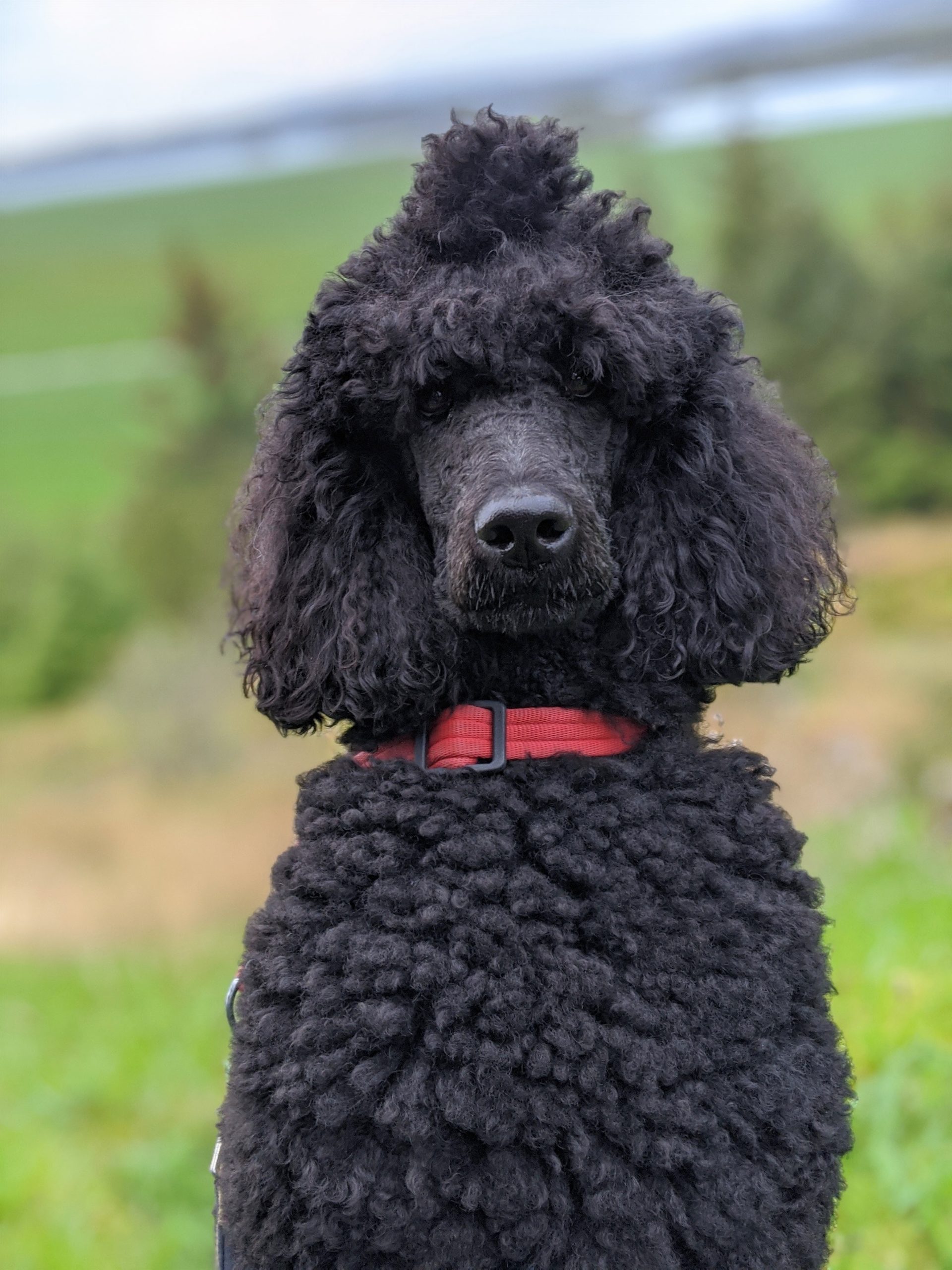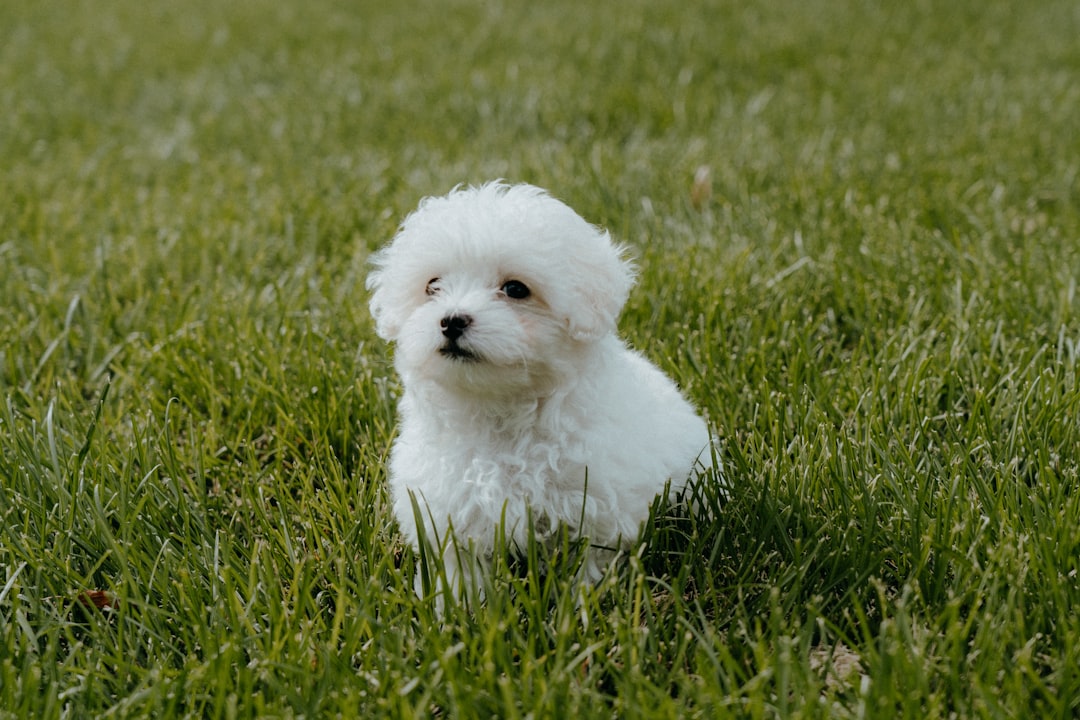The Poodle Breed: Unveiling Their Fascinating History, Traits, and Care Needs
An Insight into the Poodle Breed: History, Sizes, Traits, Temperament, Grooming, and Health.
Poodle Breed: An Insight into History and Origin
The poodle breed’s history and origin are intriguing and have sparked debates among dog enthusiasts. While there are conflicting theories, the general consensus is that the breed originated in either Germany or France [2]. The poodle’s historical significance is notable, as they were initially bred as waterfowl hunting dogs, leveraging their remarkable swimming and retrieving abilities. Additionally, poodles gained recognition for their intelligence and agility, leading to their involvement as performers in circuses, where they captivated audiences with their skills and versatility.
Moreover, the official recognition of the poodle breed by the Kennel Club of the United Kingdom in 1874 marked a pivotal moment in the breed’s journey. This acknowledgment solidified the poodle’s status as a distinguished and beloved breed, further enhancing its popularity and relevance in the world of dog breeding and ownership. The breed’s rich history and unique origin story contribute to its enduring appeal and the admiration it receives from dog lovers worldwide.
The Varied Sizes of Poodles
Poodles are known for their three distinct size varieties, each with its own unique characteristics and suitability for different living environments. The toy poodle is the smallest of the three, standing under 10 inches and weighing approximately 4-6 pounds. This petite size makes them an ideal choice for individuals living in apartments or smaller homes. Their compact stature also makes them excellent travel companions, fitting comfortably in carriers for adventures with their owners.
Moving up in size, the miniature poodle ranges from 10-15 inches in height and weighs between 10-15 pounds. This size strikes a balance between the toy and standard varieties, making them adaptable to a wider range of living situations. They are well-suited for families living in apartments or houses with a moderate amount of space. Their playful and affectionate nature makes them wonderful companions for individuals and families alike.
The standard poodle is the largest of the three, standing over 15 inches and weighing between 45-70 pounds. Their size and robust build make them suitable for larger living environments and outdoor activities. Standard poodles are known for their athleticism and are often seen participating in various dog sports and activities, making them a great fit for active families with ample space for them to roam and play. Whether it’s the toy, miniature, or standard variety, poodles have a size option to fit a wide range of living situations and lifestyles.
Distinctive Traits and Appearance of Poodles
The poodle breed’s distinctive appearance is characterized by its signature curly coat, which comes in a diverse range of colors and patterns. While the standard colors of poodles include black, white, and apricot, there are also unique coat patterns like phantom and sable, adding to the breed’s visual appeal. For example, a phantom poodle has a specific combination of markings that resemble the coloring of a Rottweiler, with darker coloration on the ears, muzzle, and lower legs against a lighter base coat color.
In addition to their striking coat, poodles are highly regarded for their hypoallergenic nature, making them suitable companions for individuals with allergies. Their minimal shedding and unique coat composition reduce the likelihood of triggering allergic reactions, allowing poodle owners to enjoy the company of a pet without the typical allergic responses associated with other breeds.
Furthermore, poodles are not just visually distinct, but they also possess an active, energetic, and sociable nature. They thrive on interaction and engagement with their human families, exhibiting a protective instinct that makes them loyal and reliable companions. For instance, poodles are known for their alertness and ability to sense and respond to their owners’ emotions, making them ideal pets for individuals seeking both a visually appealing and emotionally supportive canine companion.
Poodle Temperament and Personality
Poodles are famous for their remarkable intelligence and trainability, which makes them excel in various dog sports and activities. For example, poodles are often seen dominating agility courses with their quick thinking and athleticism. Additionally, their adaptability allows them to thrive in therapy work, providing emotional support to individuals in need. Their ability to learn and execute complex tasks showcases their exceptional intelligence, making them a favorite breed for those seeking a highly trainable and versatile companion.
In addition to their cognitive abilities, poodles are known for their loyalty and affection towards their human family members. For example, a poodle’s unwavering devotion is evident in their behavior, as they often form strong bonds with their owners and are attentive to their needs. Furthermore, their friendly and sociable nature extends to other pets in the household, as poodles are generally known to coexist harmoniously with other animals. This amiable disposition makes them an excellent choice for families looking for a pet that can integrate seamlessly with existing pets, showcasing their adaptability and friendly personality.
Grooming Needs and Maintenance
The grooming needs of poodles are as unique as their appearance. With their curly, dense coat, poodles require regular attention to keep their fur in optimal condition. This includes daily brushing and regular clipping to prevent matting and maintain the characteristic poodle look. Their coat also necessitates frequent grooming sessions to ensure cleanliness and prevent skin issues, making grooming an essential part of poodle care.
In addition to their grooming requirements, poodles are known for their minimal shedding and hypoallergenic nature, making them an ideal choice for individuals with allergies. The lack of shedding means less fur around the home and reduced allergens, providing a cleaner and more allergy-friendly environment. Furthermore, regular exercise and mental stimulation are crucial for poodles to maintain their physical and mental well-being. Engaging in activities such as daily walks, interactive play, and training sessions not only keeps them physically fit but also satisfies their high intelligence and energy levels.
For example, a standard poodle, due to its larger size, may require more space and exercise compared to a toy poodle. The standard poodle’s active nature makes it well-suited for families with a yard or those who enjoy outdoor activities. On the other hand, a toy poodle’s smaller size makes it a great companion for apartment dwellers, as long as they receive ample exercise and mental stimulation. Understanding the specific needs of each poodle size is crucial for providing the best care and living environment for these beloved companions.
## Health and Hereditary Concerns Poodles have an average life expectancy ranging from 10 to 18 years, emphasizing the importance of responsible care and attention to their health needs. However, inbreeding has led to common hereditary health issues in poodles, highlighting the significance of a nutritionally balanced diet and regular veterinarian check-ups to ensure their well-being. Feel free to reach out if you have any further queries about poodles.



